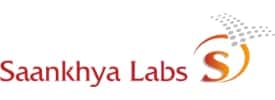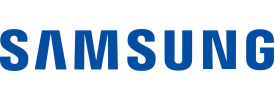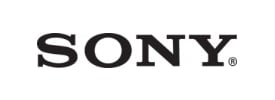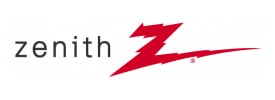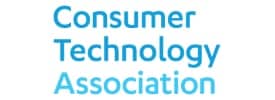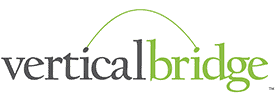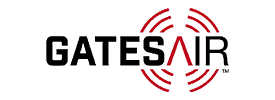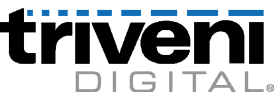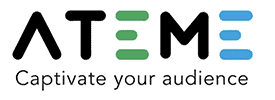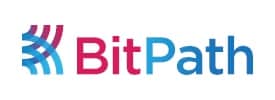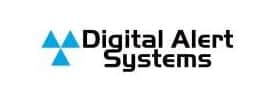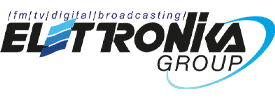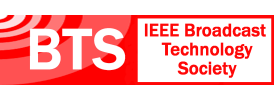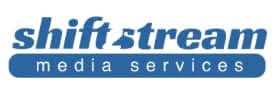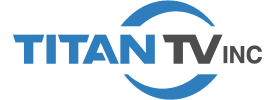- About
- Members
- Sponsors
- Subcommittees
- About Our Subcommittees
- Technology Group 3
- Implementation Team 1 – Advanced Emergency Information
- Implementation Team 2 – India
- Implementation Team 3 – ATSC 3.0 Conformance
- Implementation Team 4 – Brazil
- Implementation Team 5 – Tower Network
- Implementation Team 7 – Caribbean
- Implementation Team 8 – Automotive
- Planning Team 4 – Future Broadcast Ecosystem Technologies
- Planning Team 5 – Automotive Applications
- Planning Team 6 – Global Recognition of ATSC 3.0
- Planning Team 9 – Sustainability
- Technical Documents
- News
- Events
- Spotlight ATSC 3.0
- Contact Us
- Member Login
- Member Meetings
- Advanced Search
Search Site
Member Links
- About
- Members
- Sponsors
- Subcommittees
- About Our Subcommittees
- Technology Group 3
- Implementation Team 1 – Advanced Emergency Information
- Implementation Team 2 – India
- Implementation Team 3 – ATSC 3.0 Conformance
- Implementation Team 4 – Brazil
- Implementation Team 5 – Tower Network
- Implementation Team 7 – Caribbean
- Implementation Team 8 – Automotive
- Planning Team 4 – Future Broadcast Ecosystem Technologies
- Planning Team 5 – Automotive Applications
- Planning Team 6 – Global Recognition of ATSC 3.0
- Planning Team 9 – Sustainability
- Technical Documents
- News
- Events
- Spotlight ATSC 3.0
- Contact Us
- Member Login
- Member Meetings
- Advanced Search
A/111, Design Of Synchronized Multiple Transmitter NetworksApproved: 18 September 2009
Many of the challenges of radio frequency transmission are the same regardless of whether the information carried is in analog or digital form. Because of the signal processing applied when the information carried is digital, however, there are techniques to overcome some of those challenges that are more applicable to digital signals than to analog signals. Among such techniques is the use of multiple transmitters in Single Frequency Networks (SFNs) and Multiple Frequency Networks (MFNs). In the past, SFNs have been considered mostly for applications in multi-carrier systems such as those using COFDM modulation. This Recommended Practice applies SFNs to the single-carrier 8-VSB system adopted by the ATSC and the FCC but has not been updated yet to reflect the additional techniques needed to support Mobile DTV (as documented in A/153).
SFNs can be implemented with Digital On-Channel Repeaters (DOCRs), with Distributed Transmitters (DTxTs), with Distributed Translators (DTxRs), or with a combination of them. MFNs generally involve the use of translators. This Recommended Practice examines all three types of transmitters used in SFNs and MFNs and then concentrates on the design aspects of SFNs in the absence of A/153 enhancements.
Download A/111:2009, “Design Of Synchronized Multiple Transmitter Networks”, approved 18 September 2009.
Subscribe to our Newsletter
Subscribe to The Standard, our monthly newsletter, to stay up-to-date with ATSC news and events around the world.
Site Links
Contact Us
Advanced Television Systems Committee, Inc.
1300 I Street NW, Suite 400E
Washington, DC 20005
Do you have questions about ATSC?
About ATSC
The Advanced Television Systems Committee, Inc., is an international, non-profit organization developing voluntary standards and recommended practices for digital terrestrial broadcasting. ATSC member organizations represent the broadcast, broadcast equipment, motion picture, consumer electronics, computer, cable, satellite, and semiconductor industries. ATSC also develops digital terrestrial broadcasting implementation strategies and supports educational activities on ATSC standards.
© 2024 ATSC







